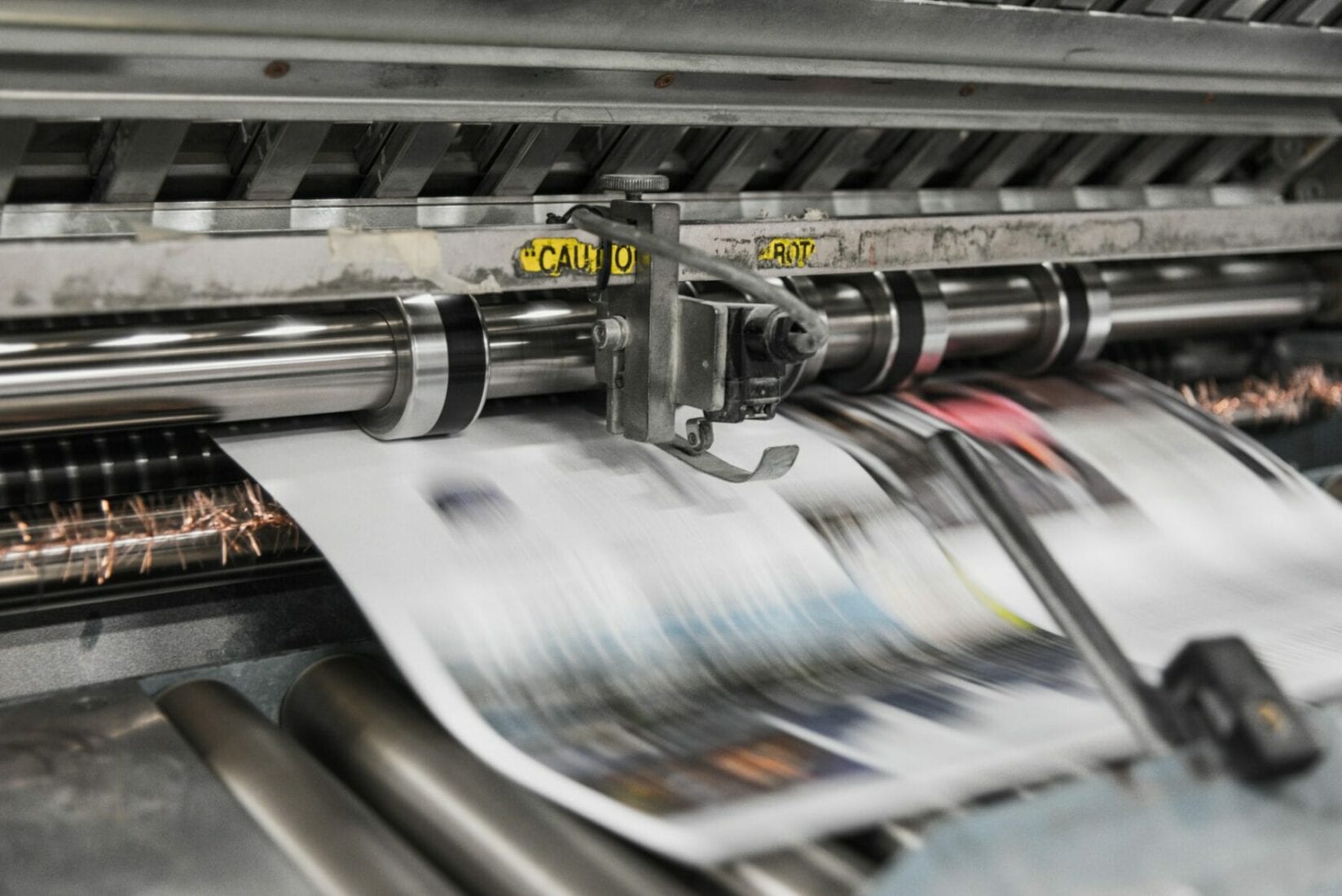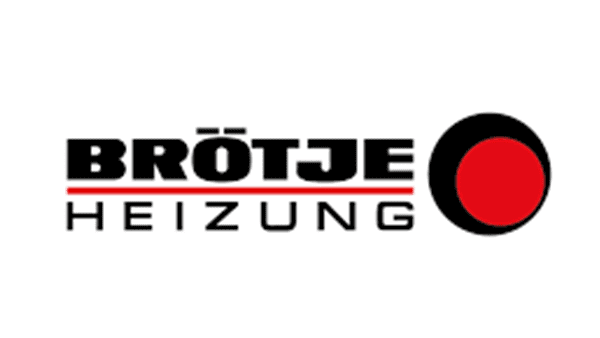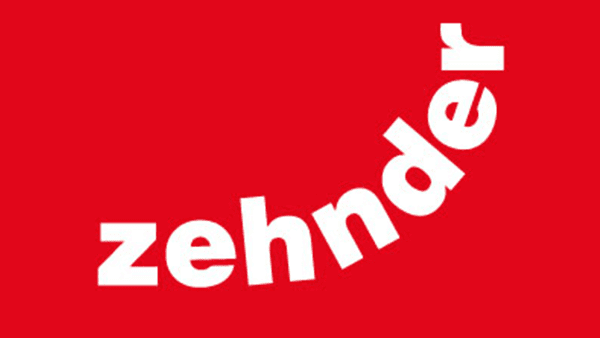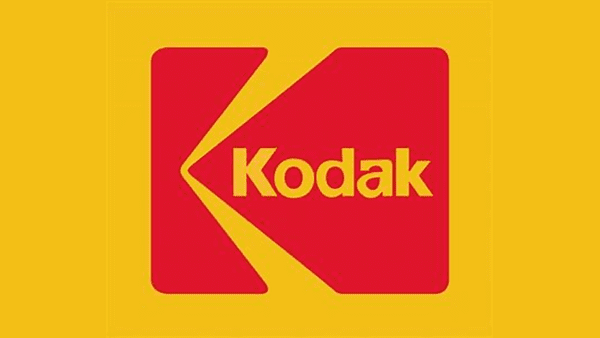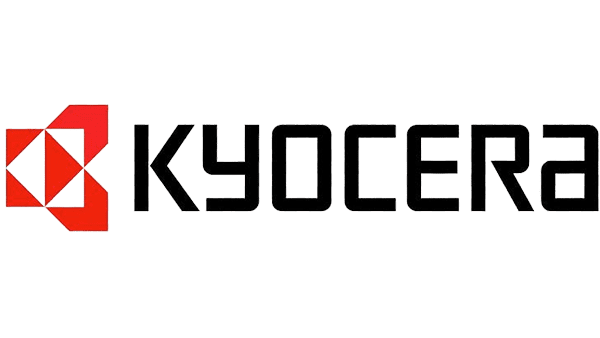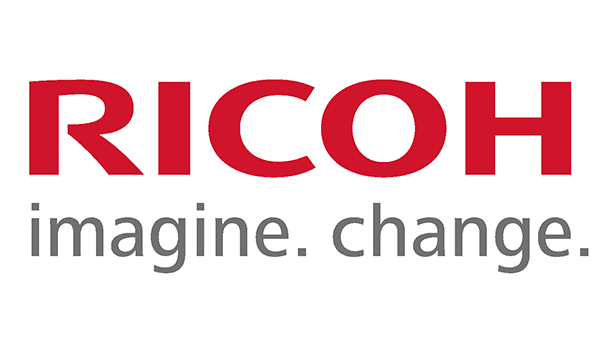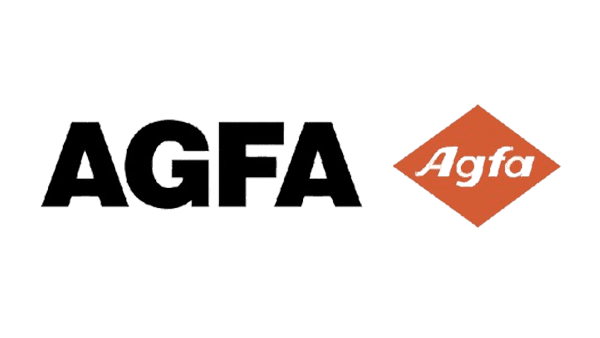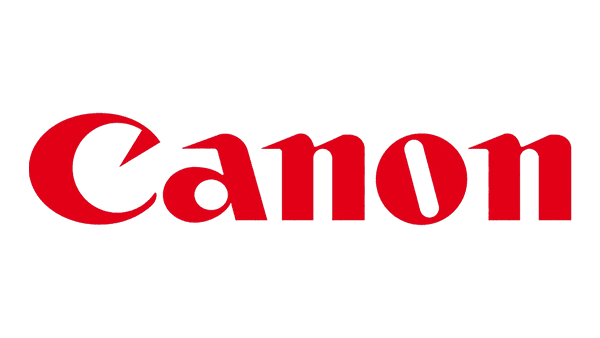Hintergrund
Ein bekannter Hersteller von Heiz- und Kühlsystemen, der für sein umfangreiches Angebot an energieeffizienten Lösungen bekannt ist, trat mit einer Herausforderung an uns heran: Wir sollten ein Dämmsystem für seine Warmwasserspeicher entwerfen und entwickeln, das den strengen Energieeffizienzstandards der Klasse B entspricht. Die Dämmung musste einfach zu installieren und zu reinigen sein und während ihrer gesamten Lebensdauer nur minimalen Wartungsaufwand erfordern.
Ziele
Die Hauptziele des Projekts waren:
- Energieeffizienz: Achieve Label B certification for the insulation, which necessitates a high standard of thermal performance.
- Ease of Installation: Design an insulation system that could be installed quickly and efficiently, reducing installation time and costs.
- Low Maintenance: Create a solution that would remain effective over time without frequent maintenance.
- Hygienic and Easy to Clean: Ensure that the insulation materials are easy to clean and resistant to mold and mildew.
Herausforderungen
Um diese Ziele zu erreichen, mussten mehrere Herausforderungen bewältigt werden:
1. Material Selection
Identifizierung von Materialien, die nicht nur eine hervorragende Wärmedämmung bieten, sondern auch leicht, haltbar und kostengünstig sind.
2. Design Constraints
Das Isolierungssystem musste mit den vorhandenen Tankkonstruktionen kompatibel sein, was ein Arbeiten innerhalb enger Maßbeschränkungen erforderte.
3. Durability and Hygiene
Das Isoliermaterial musste einer längeren Einwirkung von hohen Temperaturen und Feuchtigkeit standhalten, ohne sich zu zersetzen oder zu einem Nährboden für Bakterien zu werden.
4. Regulatory Compliance
Sicherstellen, dass das Produkt sowohl die Label-B-Zertifizierungsanforderungen als auch andere relevante Industriestandards für Sicherheit und Leistung erfüllt.
Ansatz
1. Research and Development
Wir begannen mit einer umfassenden Materialstudie, um mögliche Isoliermaterialien zu identifizieren. Das Team konzentrierte sich auf Materialien mit geringer Wärmeleitfähigkeit, hoher Feuchtigkeitsbeständigkeit und Haltbarkeit. Nach der Bewertung mehrerer Optionen entschieden wir uns für einen hochdichten Schaumstoffverbundstoff, der das richtige Gleichgewicht zwischen Isolierleistung und struktureller Integrität bot. Dieser Verbundstoff hatte außerdem eine porenfreie Außenschicht, die Schimmelbildung verhinderte und sich leicht reinigen ließ.
2. Prototyping and Testing
Nachdem wir das Material ausgewählt hatten, gingen wir zur Entwurfsphase über. Wir entwickelten ein modulares Dämmplattensystem, das sich leicht an der Außenseite von Warmwasserspeichern anbringen ließ. Diese Platten wurden so konzipiert, dass sie ineinandergreifen und so eng zusammenpassen, dass der Wärmeverlust minimiert wird.
Wir haben mehrere Prototypen erstellt und sie strengen Tests unterzogen:
– Thermal Performance Testing: To ensure the insulation met Label B standards, we measured heat retention and thermal conductivity under simulated operating conditions.
– Durability Testing: The insulation was exposed to high humidity and temperature cycling to simulate years of use.
– Ease of Installation Assessment: We worked with technicians to test the installation process, making adjustments to reduce time and effort.
3. Implementation and Feedback
Nachdem wir das Design anhand der Testergebnisse verfeinert hatten, produzierten wir eine Charge der endgültigen Dämmplatten und lieferten sie an das Fertigungsband des Herstellers für den Einsatz in der Praxis. Der Installationsprozess war unkompliziert, die Platten ließen sich ohne Klebstoffe oder Spezialwerkzeuge einrasten. Dieser Ansatz minimierte nicht nur die Installationszeit, sondern ermöglichte bei Bedarf auch eine schnelle Entfernung und Ersetzung.
Ergebnisse
- Energieeffizienz: The final product met all Label B certification criteria, demonstrating significant energy savings compared to uninsulated tanks.
- Ease of Installation: The modular design reduced installation time by over 30%, resulting in lower labor costs and higher efficiency.
- Maintenance-Free and Hygienic: The composite material’s outer layer remained mold- and mildew-free throughout testing and was easy to clean with simple wiping. It also required no additional maintenance after installation.
- Customer Satisfaction: The manufacturer reported high levels of customer satisfaction with the insulation’s performance, ease of installation, and minimal maintenance requirements.
Abschluss
Die Partnerschaft mit dem Hersteller von Heiz- und Kühlsystemen führte zur erfolgreichen Entwicklung eines Tankisolationssystems der Güteklasse B, das alle Projektziele erfüllte. Durch die Konzentration auf Materialinnovation, praktisches Design und strenge Tests lieferten wir eine Lösung, die energieeffizient und einfach zu installieren war und keine laufende Wartung erforderte. Dieses Projekt erweiterte nicht nur das Produktangebot des Herstellers, sondern setzte auch einen neuen Standard für Isolierung des Warmwasserspeichers in der Branche.



















